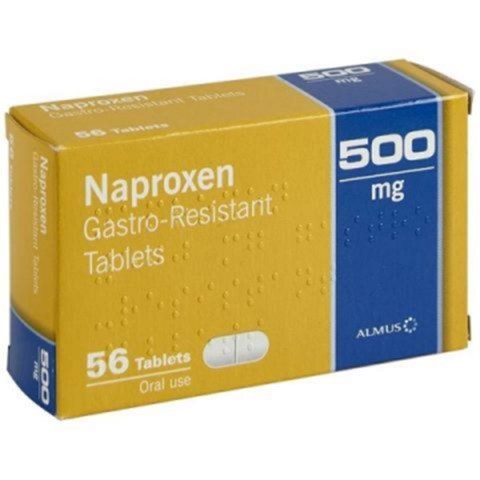A nurse is preparing to administer naproxen 500 mg PO BID for a client who has osteoarthritis. The amount available is naproxen 125 mg/5 mL oral suspension. How many mL should the nurse administer per dose?
(Round the answer to the nearest whole number. Use a leading zero if it applies. Do not use a trailing zero.)

The Correct Answer is ["20"]
- To calculate the dose of naproxen oral suspension, use the following formula: Dose (mL) = Desired dose (mg) / Available dose (mg/mL)
- In this case, the desired dose is 500 mg and the available dose is 125 mg/5 mL, which is equivalent to 25 mg/mL
- Plug in the values into the formula: Dose (mL) = 500 mg / 25 mg/mL - Simplify the expression: Dose (mL) = 20 mL
- Round the answer to the nearest whole number: Dose (mL) = 20 mL
- The nurse should administer 20 mL of naproxen oral suspension per dose
Nursing Test Bank
Naxlex Comprehensive Predictor Exams
Related Questions
Correct Answer is C
Explanation
A. Placing weight on the heels when moving an object can lead to an improper body mechanic. The client should shift their weight onto the balls of their feet for better stability.
B. Standing with feet close together when lifting an object can also lead to improper body mechanics. The client should maintain a wide base of support by keeping their feet shoulder-width apart.
C. Facing the direction of movement when sliding an object across the floor is an example of proper body mechanics. It helps ensure that the client uses their body weight and strength efficiently.
D. Moving the front foot backward when pushing an object can help maintain balance and provide better leverage, which is a correct body mechanics technique. However, the question specifically asks about sliding an object across the floor, not pushing.
Correct Answer is A
Explanation
A. Hematuria: This is the correct answer. Hematuria, which is the presence of blood in the urine, can be a common complication of pelvic fractures. This occurs due to the potential injury to the bladder or other structures within the pelvis. Monitoring for hematuria is crucial in assessing potential internal injuries and ensuring appropriate management.
B. Impaired taste: Impaired taste is not typically associated with pelvic fractures. It is more likely related to conditions involving the sense of taste or other unrelated factors. It is not a common complication of pelvic fractures.
C. Diarrhea: Diarrhea is not a common complication of pelvic fractures. It is more likely to be caused by gastrointestinal issues, infections, dietary factors, or other medical conditions. It is not directly related to pelvic fractures or their complications.
D. Increased thirst: Increased thirst is not a common complication of pelvic fractures. It may be related to various factors such as dehydration, certain medical conditions like diabetes, or side effects of medications. It is not a direct consequence of pelvic fractures or their associated complications.
Whether you are a student looking to ace your exams or a practicing nurse seeking to enhance your expertise , our nursing education contents will empower you with the confidence and competence to make a difference in the lives of patients and become a respected leader in the healthcare field.
Visit Naxlex, invest in your future and unlock endless possibilities with our unparalleled nursing education contents today
Report Wrong Answer on the Current Question
Do you disagree with the answer? If yes, what is your expected answer? Explain.
Kindly be descriptive with the issue you are facing.
